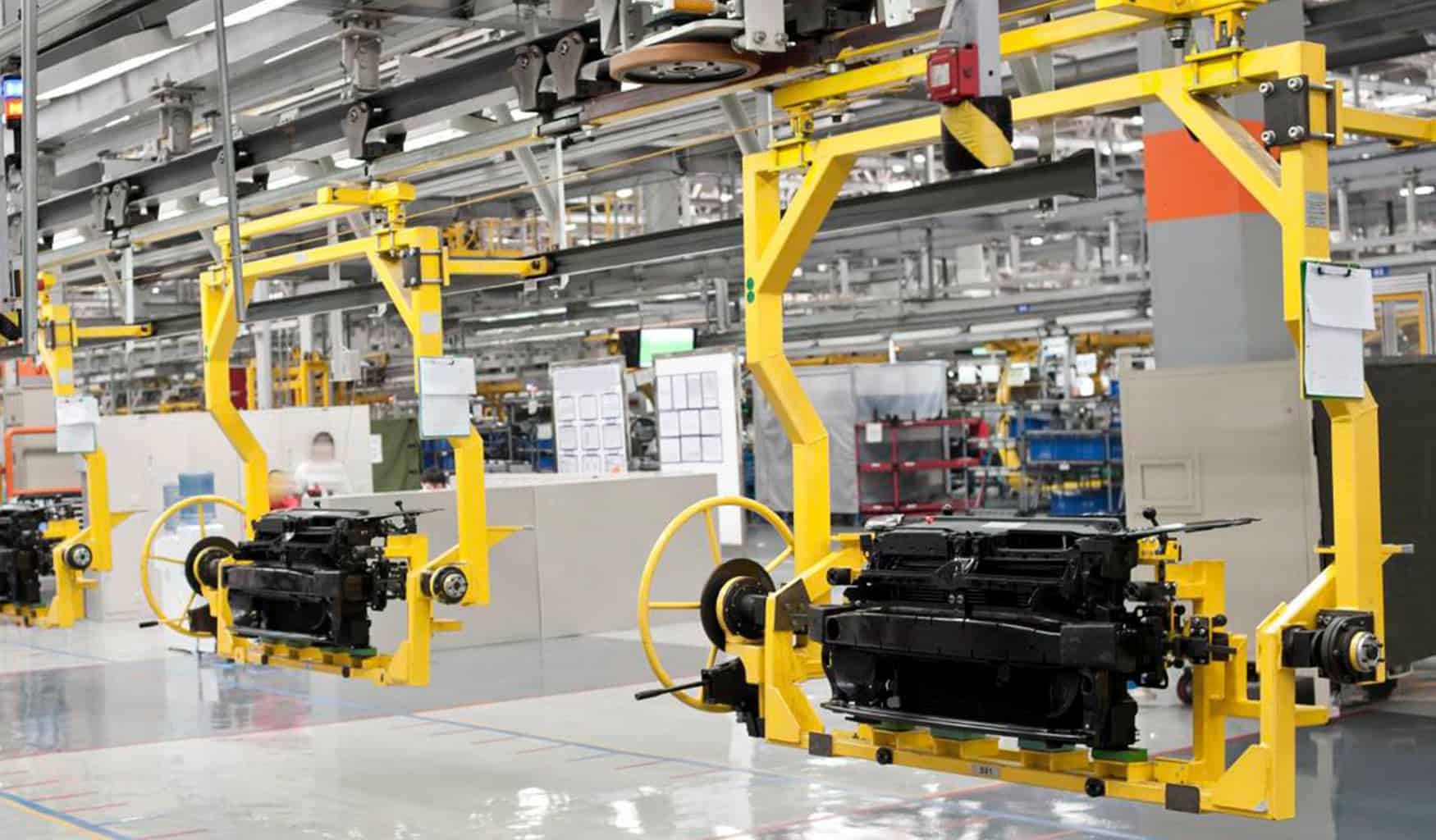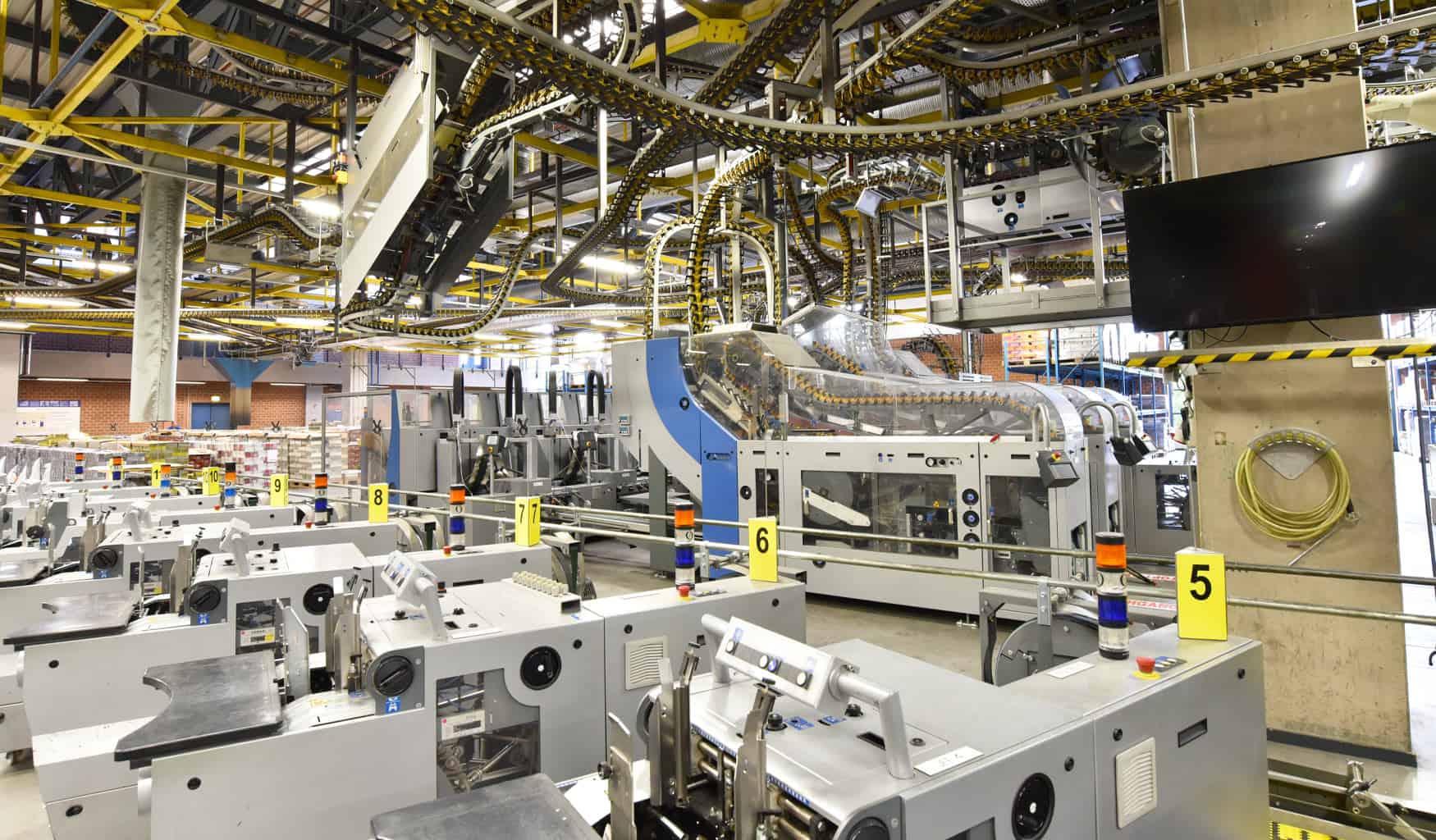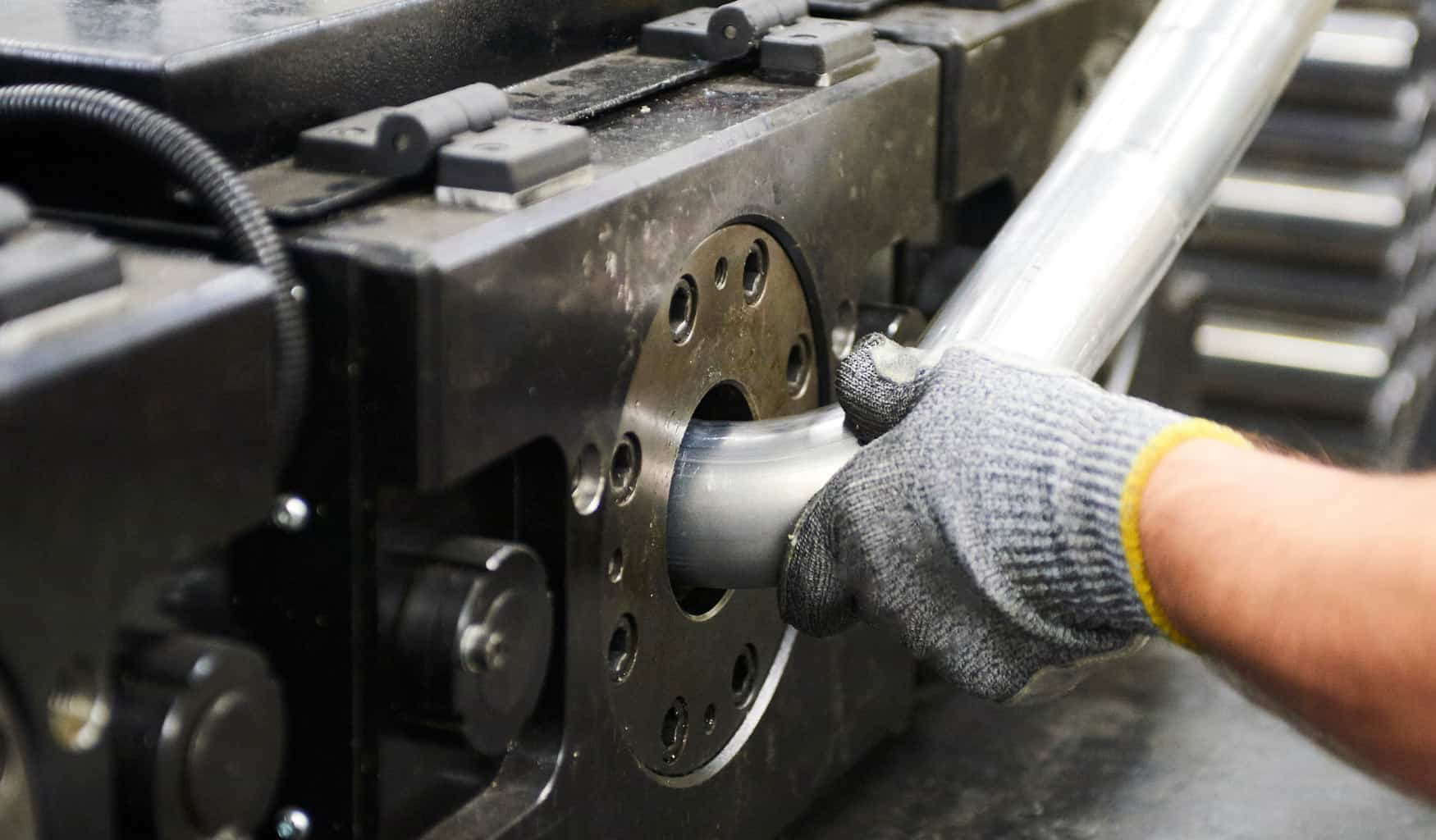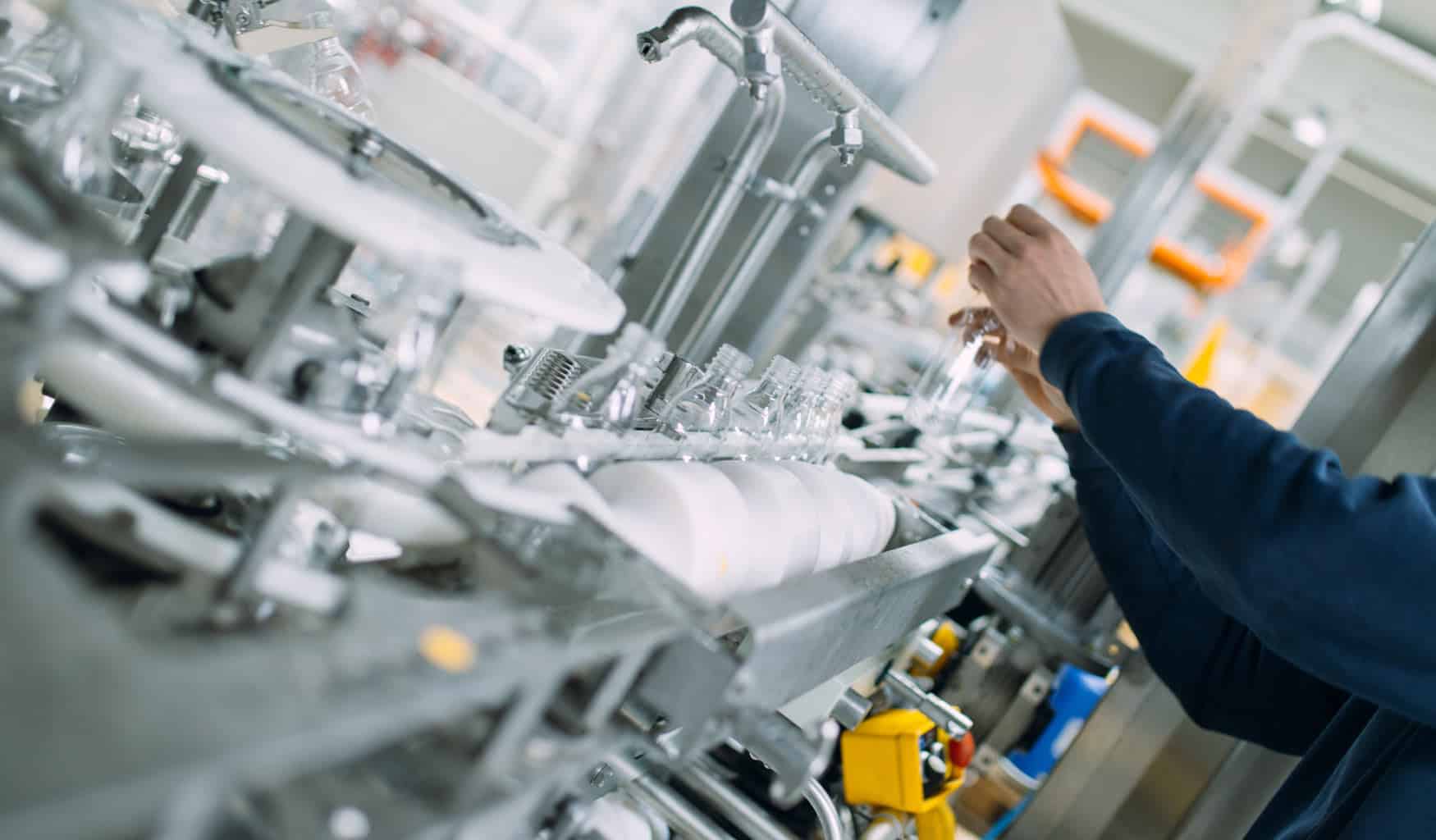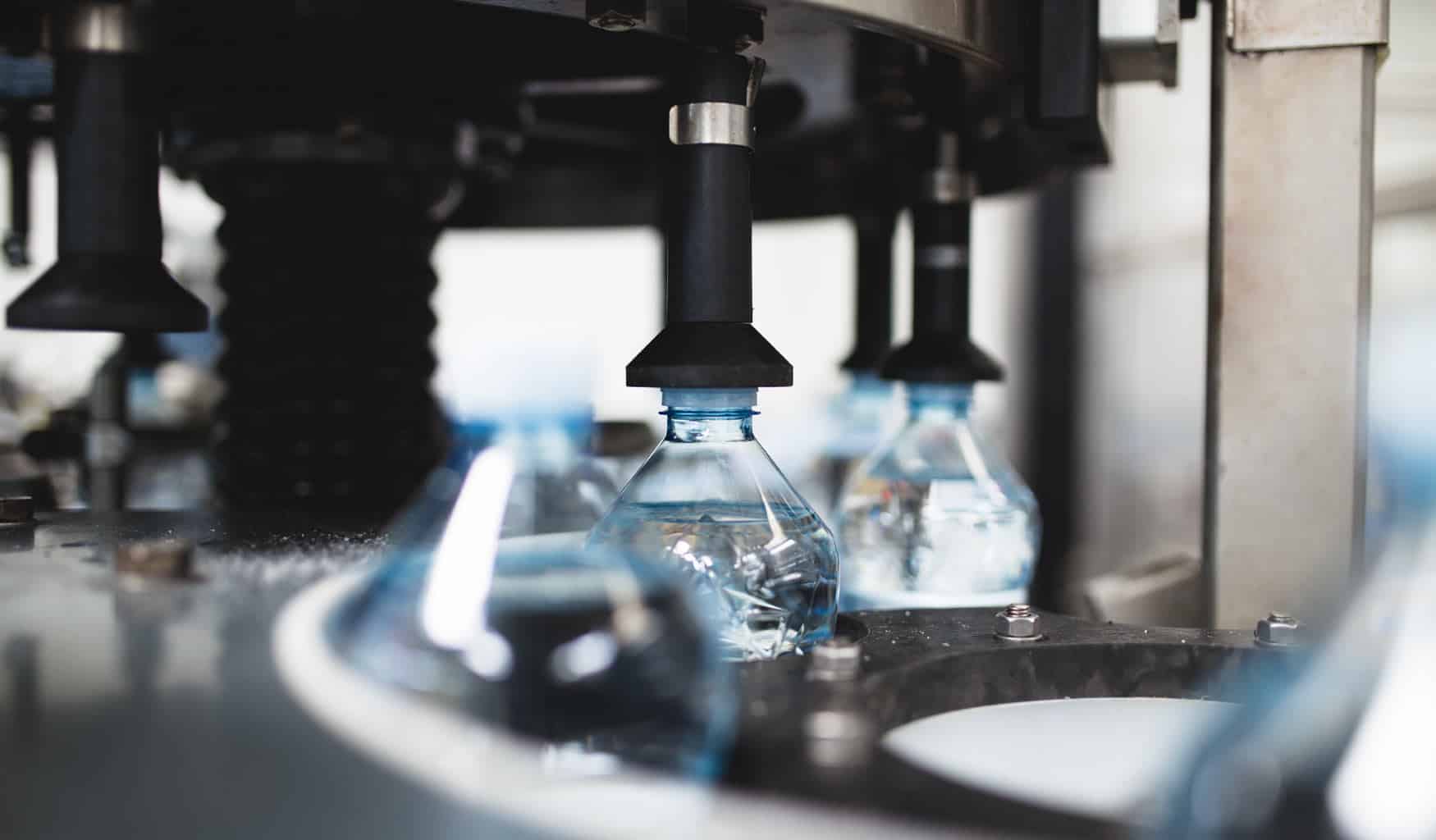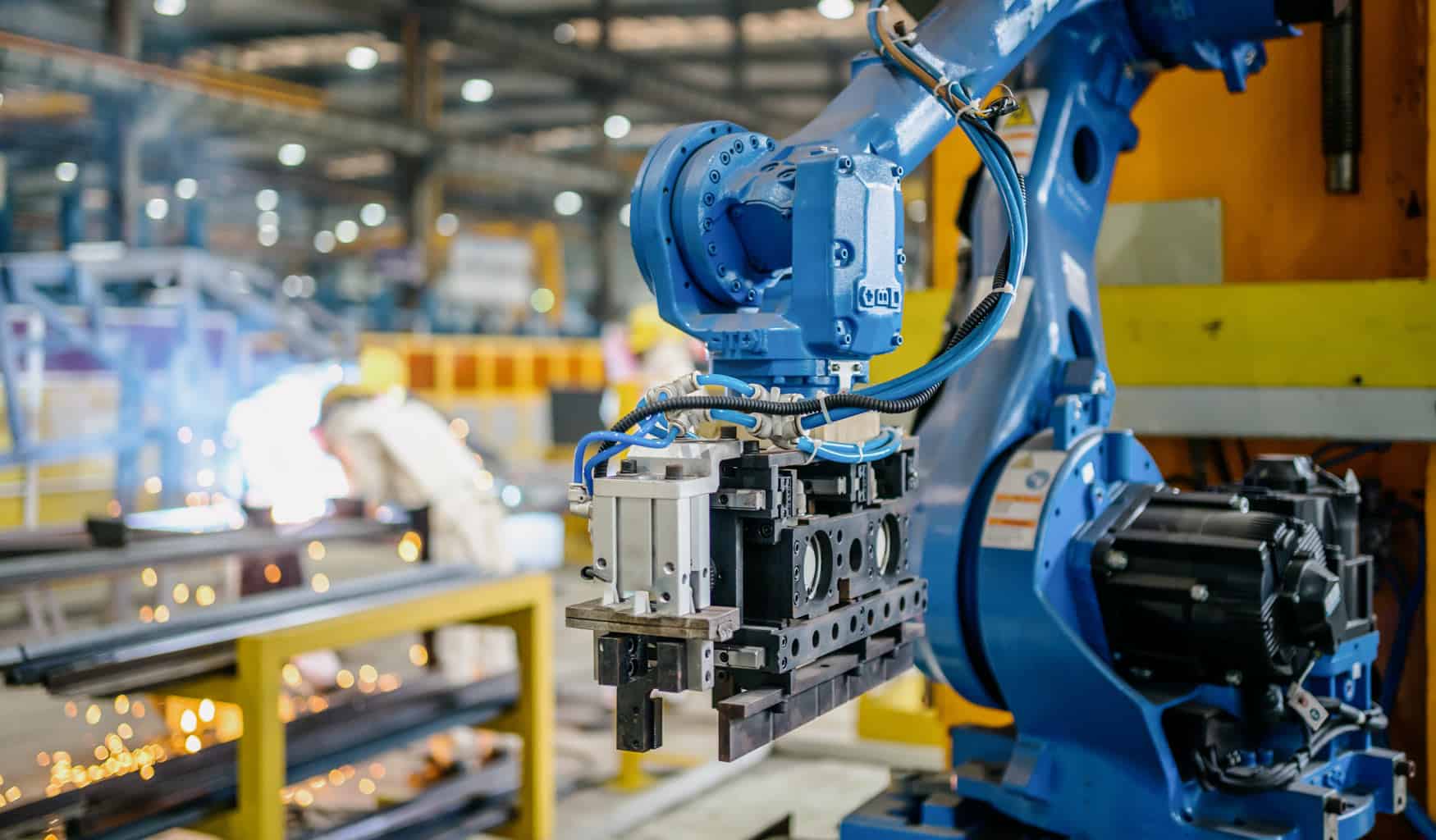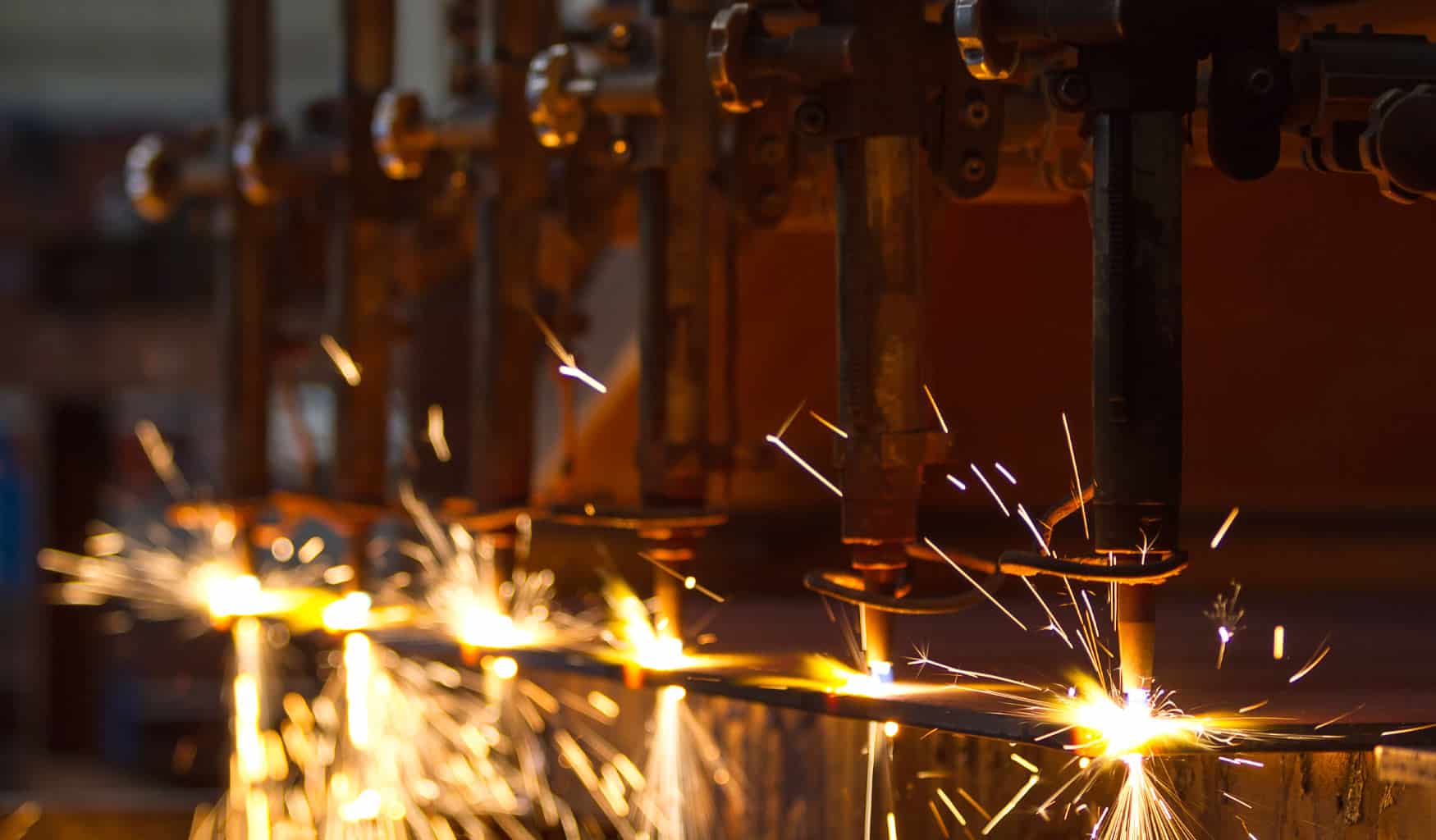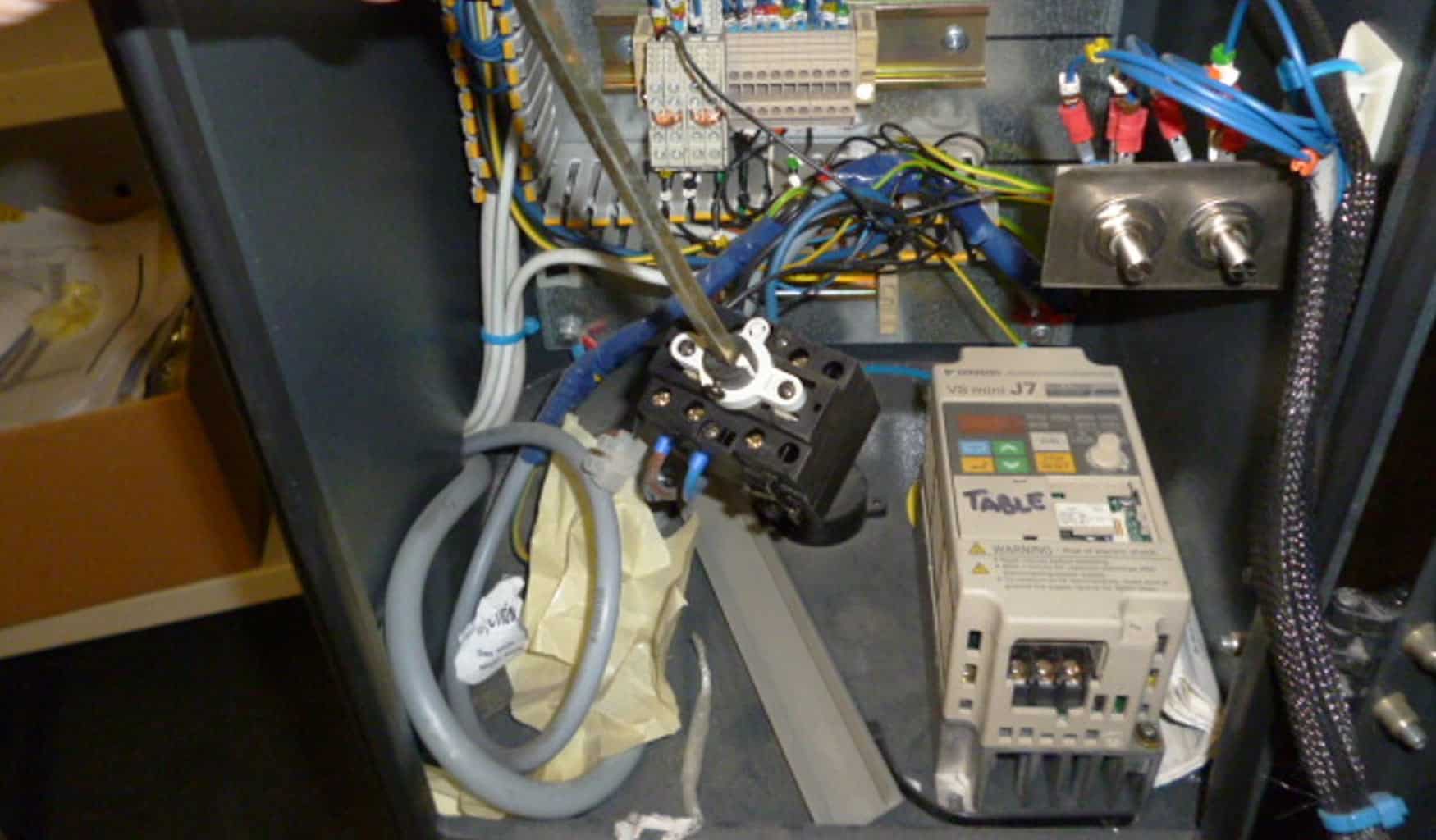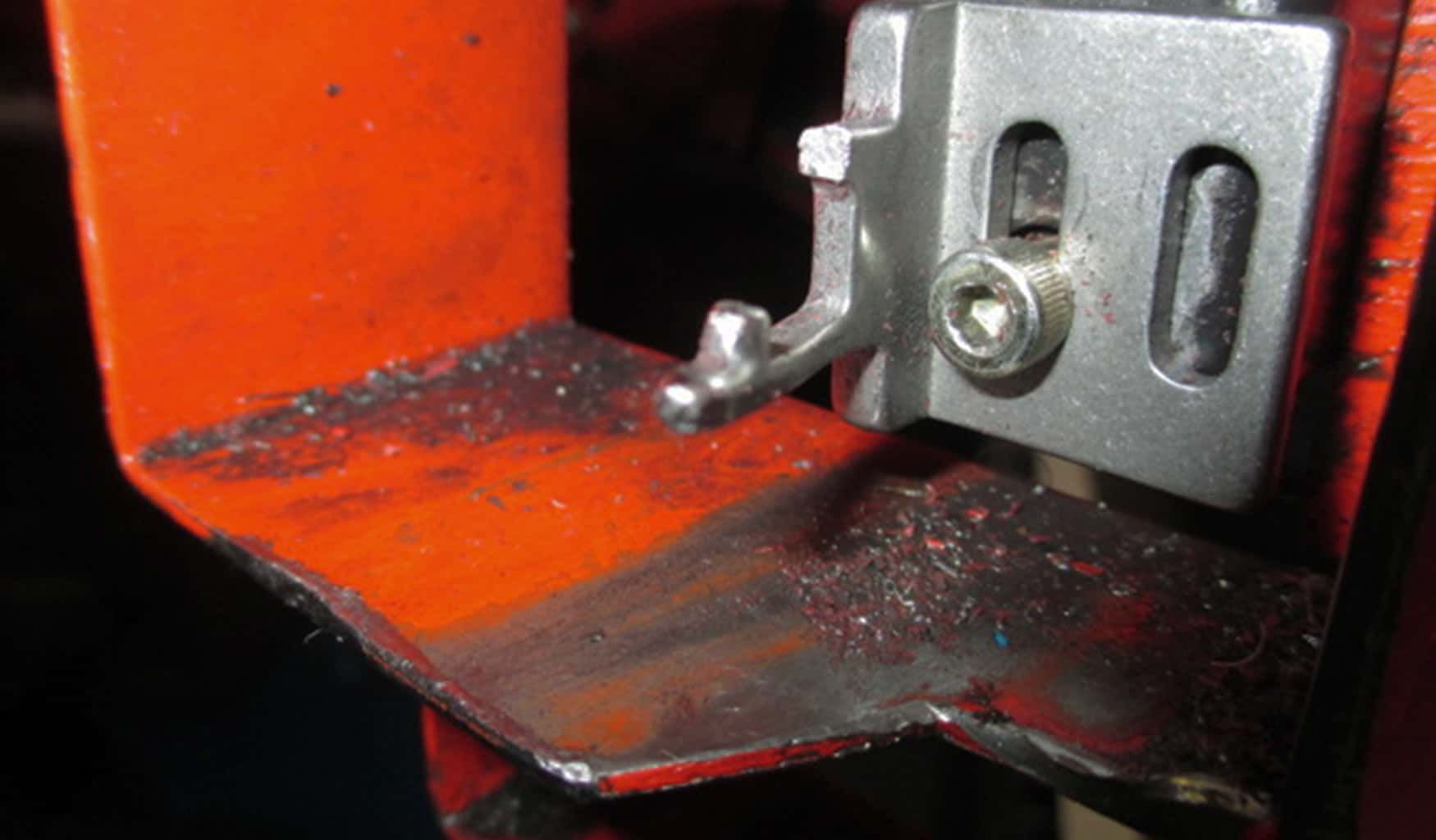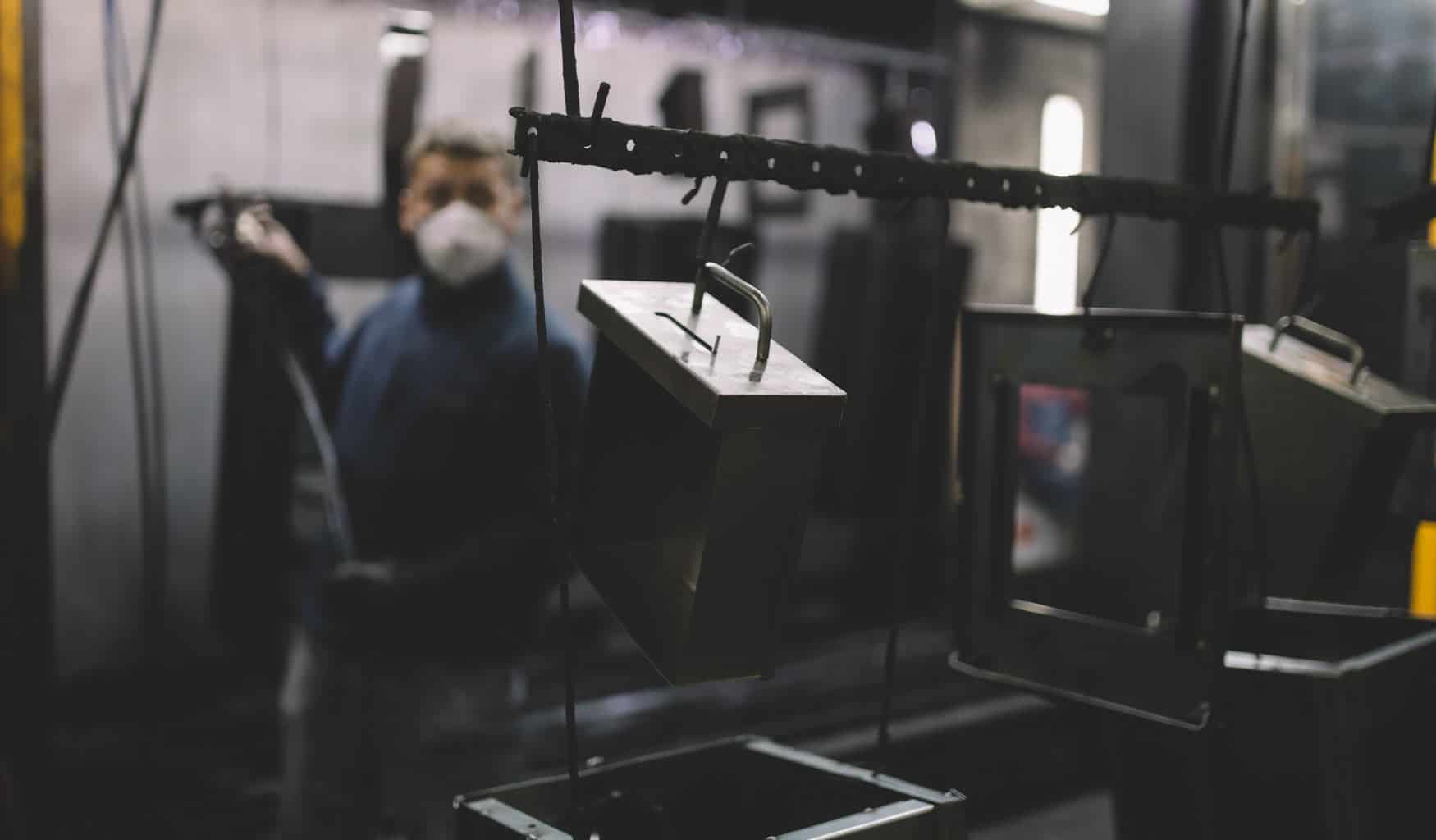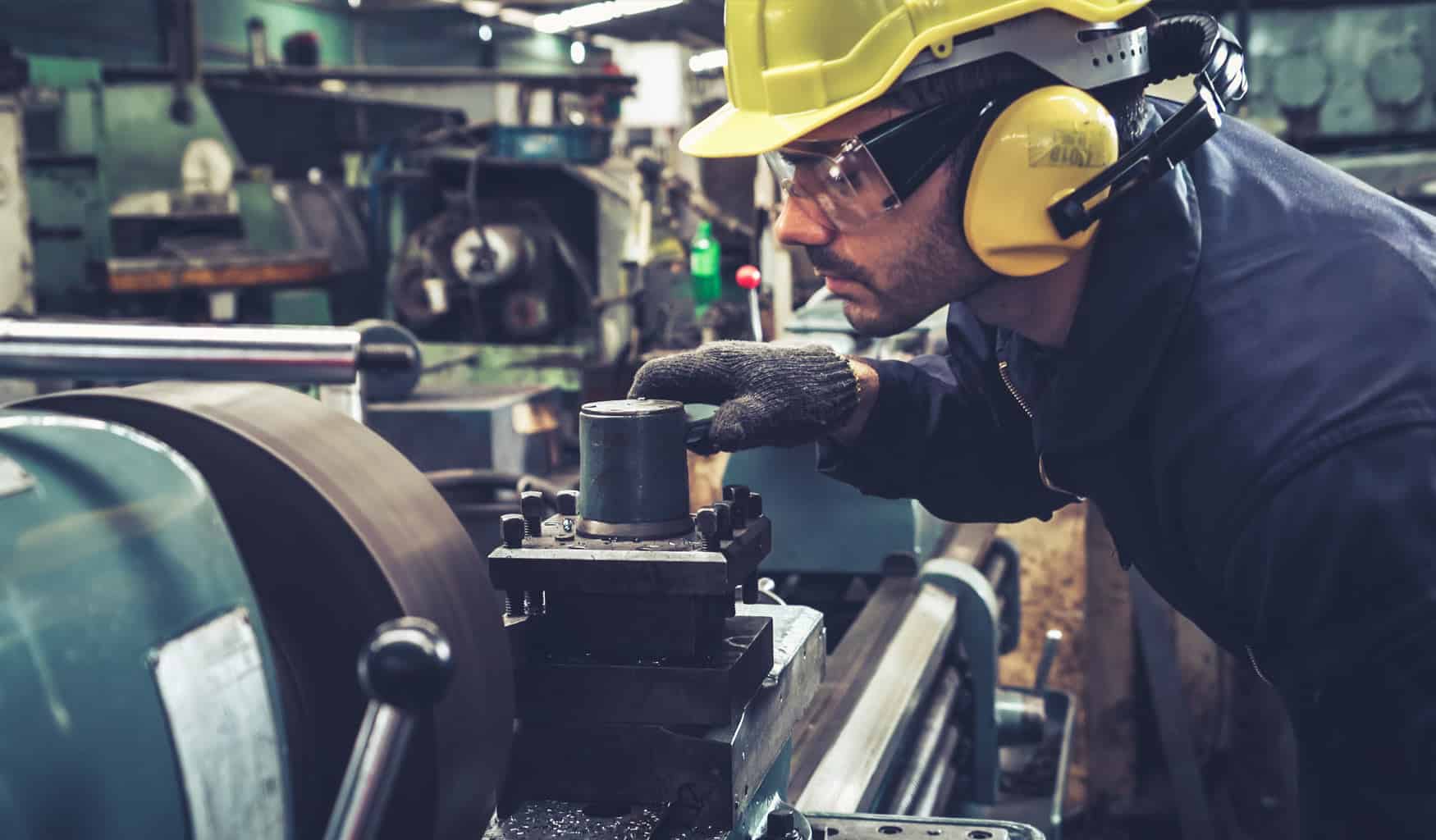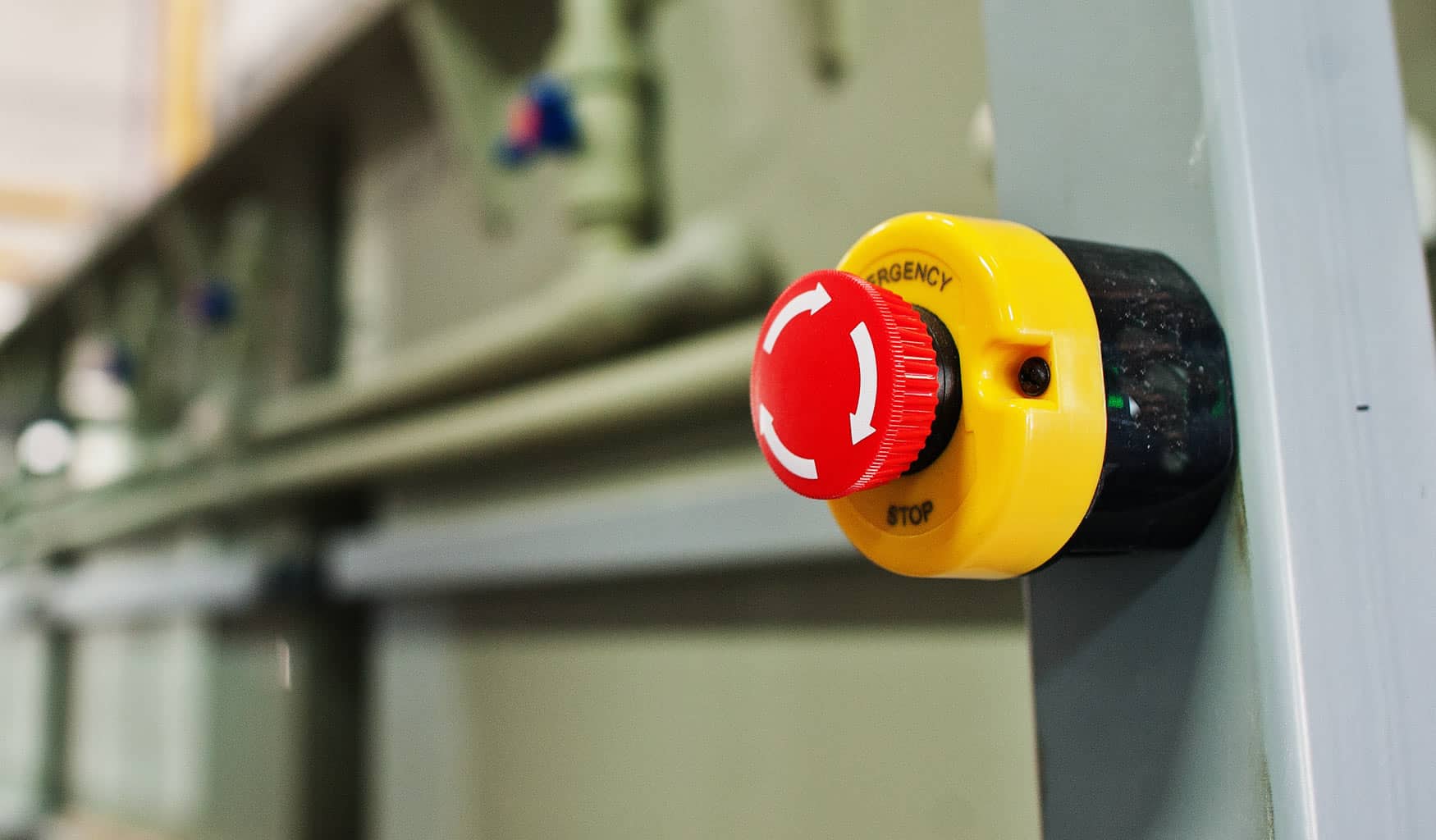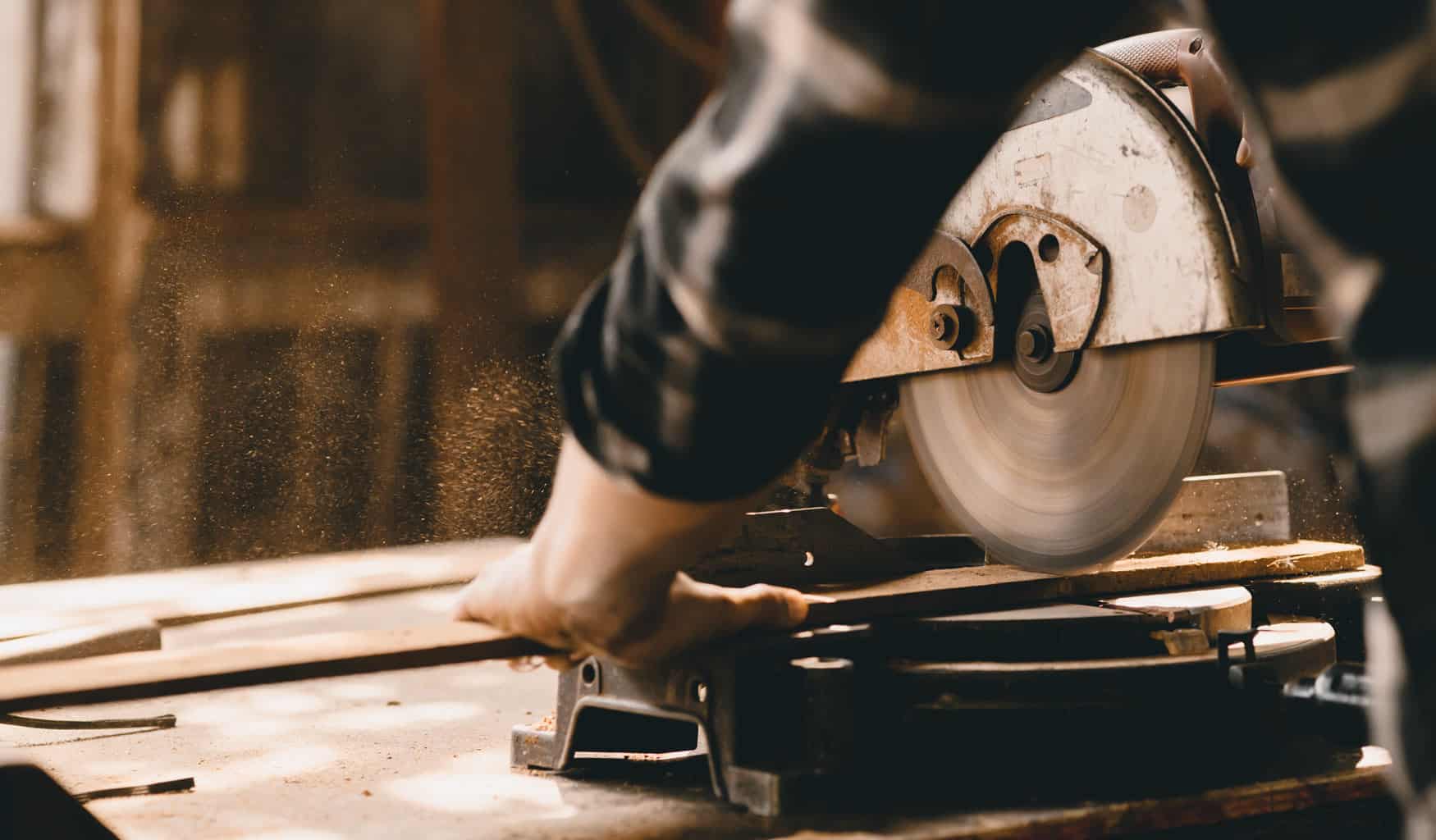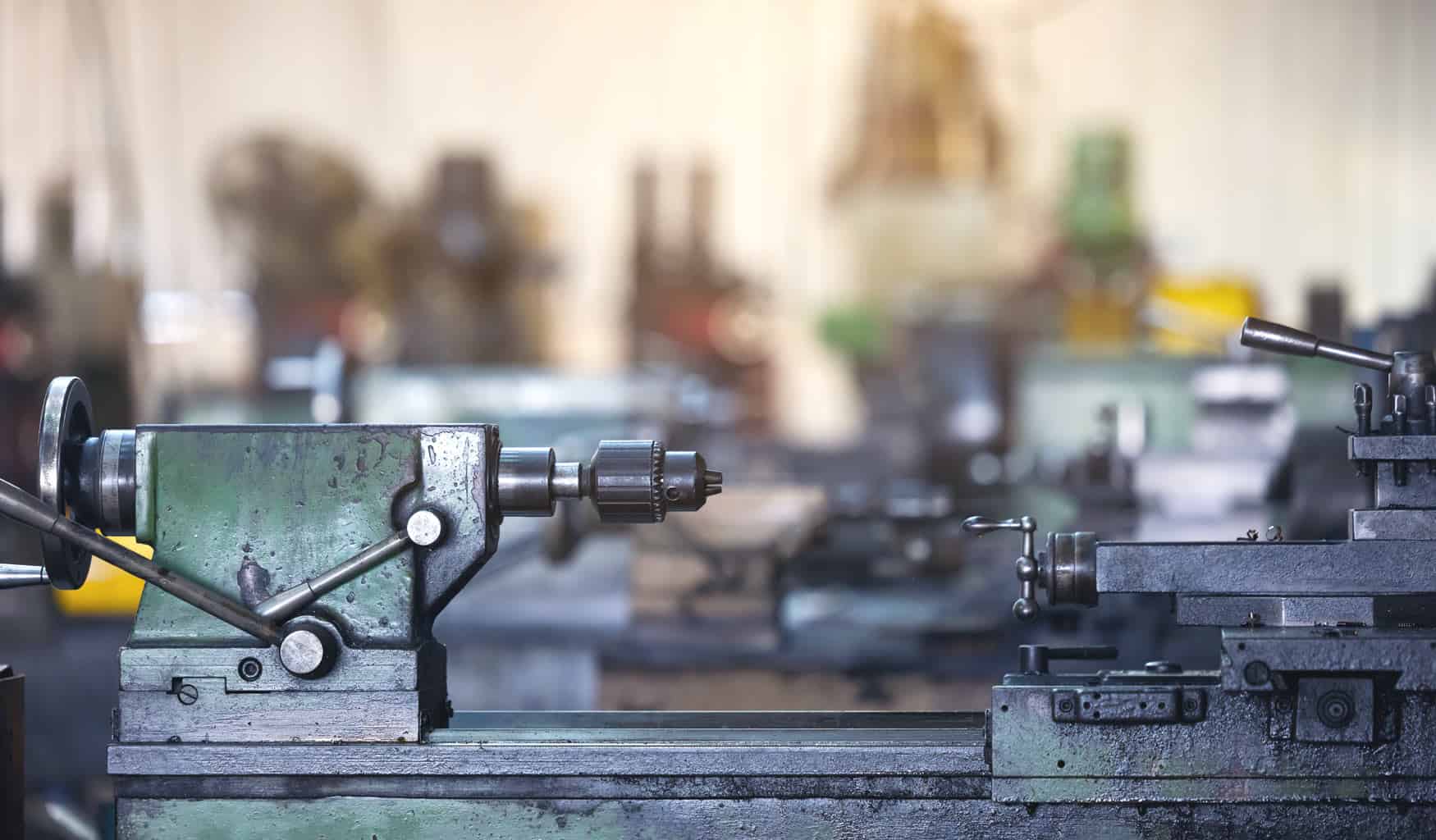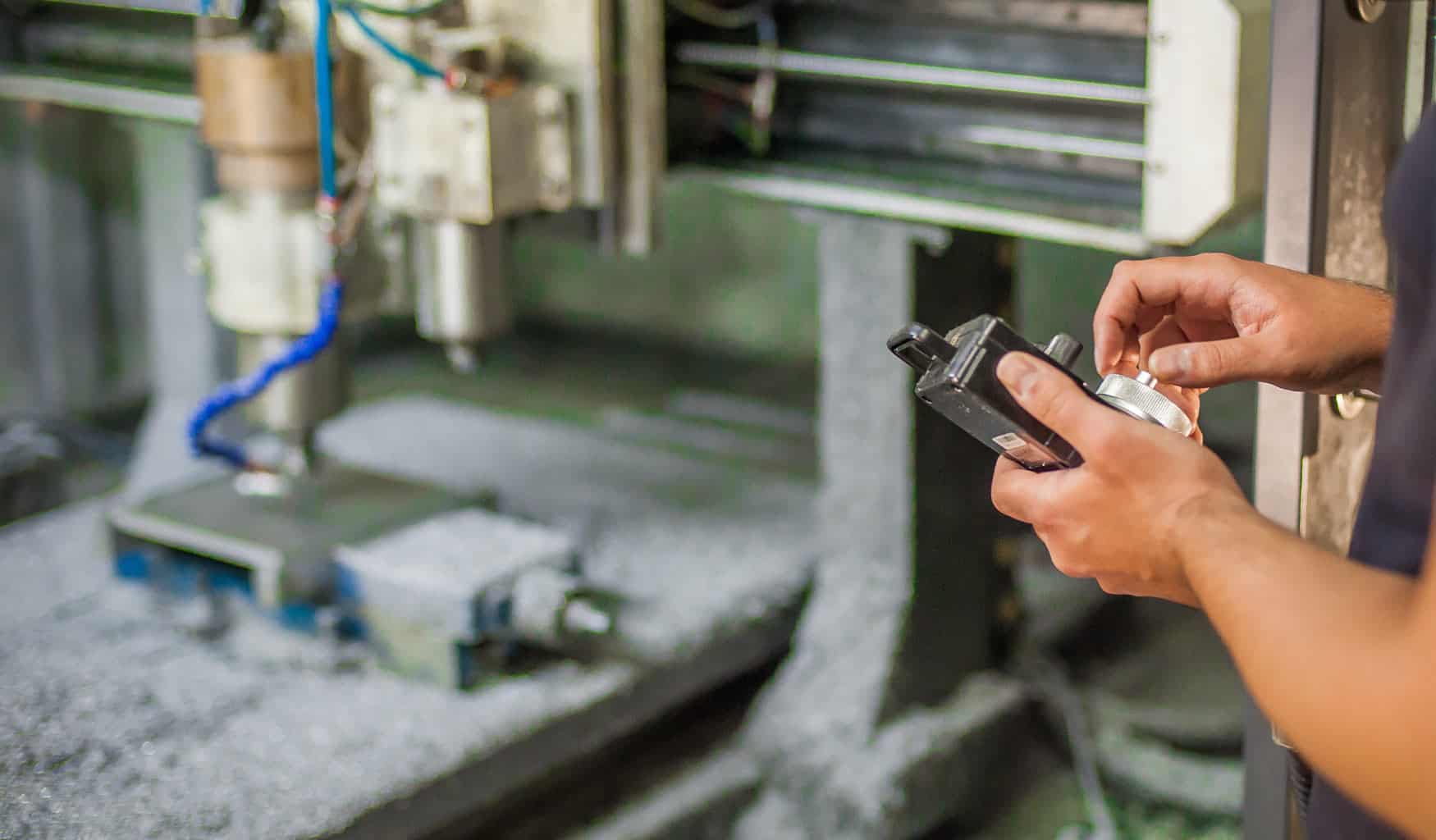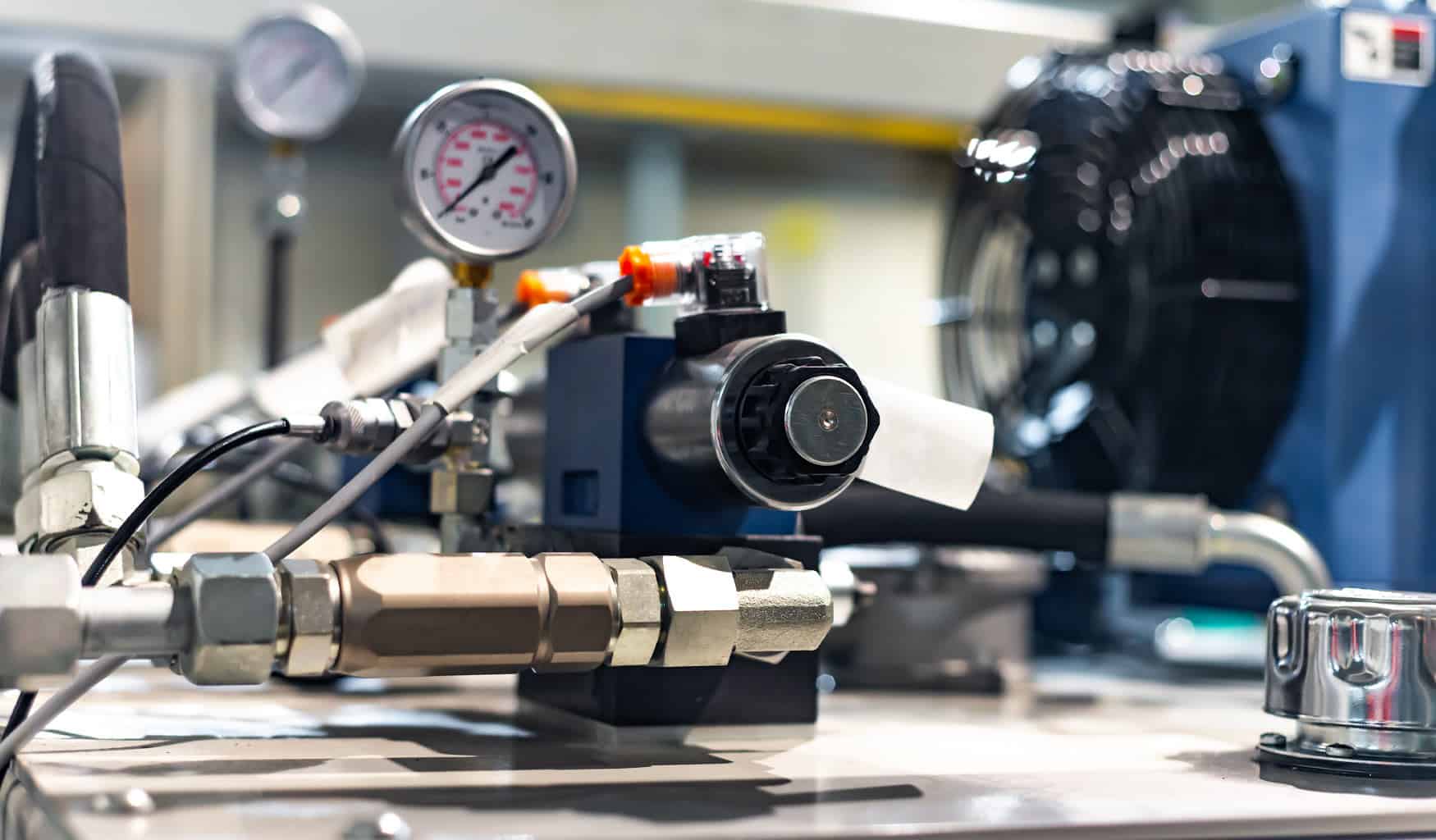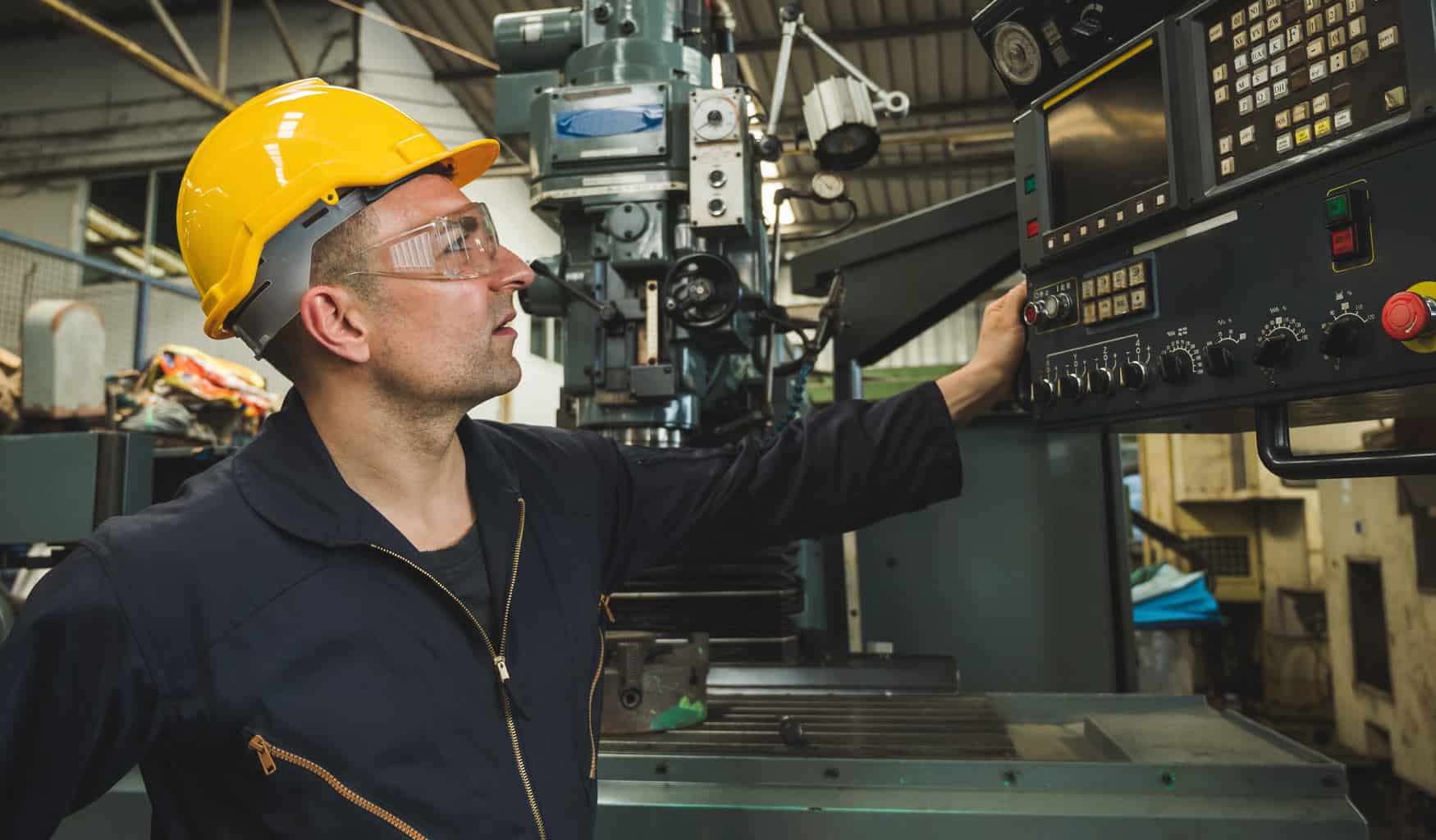
Machinery Status Evaluation / Audit Assessment
So just how safe are your machines… and are they legally compliant?
With our machinery status evaluation / audit assessment service our consultants will evaluate the safety, compliance and potential viability of a machine, or a series of machines on a client site, and as part of the evaluation we provide a formal written report detailing our findings.
This evaluation is not a ‘formal risk assessment’ of a machine, but it will identify the key safety and compliance issues the machine presents to the end-user. It provides an overview of the safety and legal compliance status of the machine(s), very importantly it will identify any immediate safety concerns, and as part of a safety improvement plan it helps in initially targeting formal risk assessment to the most dangerous machines on a site, as well as helping clients allocate remediation resources and ‘capex’ in the same way.
As mentioned, this service is not a risk assessment under the scope of EN 12100: 2010 – Safety of machinery – General principles for design risk assessment and risk reduction, and under current legislation it should not be used as such in advance of remediation or safety upgrade to a machine or a formal PUWER assessment.
‘End-Users’ of machinery should be aware that the formal ‘suitable and sufficient’ risk assessment, and the PUWER assessment of a machine is required by law, and the reports will be asked for by the HSE (or the local enforcement body) in the event of an incident occurring.
Machinery UKCA / UKNI and CE Compliance Inspection and Certification
Historically many companies purchasing new machinery have used their own internal technical and purchasing specifications as part of their machinery acquisition process, and then carry out factory acceptance testing (FAT) at the manufacturers premises to check for compliance to this specification prior to taking delivery of the machine.
Unfortunately, it is all too easy to fall foul of valid UKCA / UKNI and CE marking and standards compliance if the buyers purchasing and technical specifications are not ‘up to date’ with the appropriate legislation, directives, and the relevant ‘current’ versions of the IEC, ISO and EN standards applicable to machinery… and over the years and even more so today, our consultants have helped many key ‘blue chip’ clients in updating their internal machinery technical and purchasing specifications to help prevent issues arising during the buying process by helping them implement a more detailed and more specific machinery requirement specification document.
If the buyers purchasing and technical specifications are not ‘up to date’, then this can, and often does result in new machinery being delivered to the end-user with inherent safety and compliance issues. It should also be remembered that even with a UKCA / UKNI and CE mark on a machine, this does not automatically mean it is safe for operation and use… and an ‘end-user’ risk assessment and a PUWER assessment are still legally required before putting the machine into service to ensure it is actually safe for use.
This is not meant as a criticism of end-user companies, OEM’s or machine builders, but in todays world of complex legislation, regulations, ever changing standards it is difficult to keep up to date with the current requirements, and sometimes even the best machine builders and OEM’s can also struggle to keep themselves up to date. For example, between January 2016 and August 2017 two of the key EU directives and four of the key European standards for machinery were updated and revised, with a further four European standards being updated and revised to acquire common EN and ISO status up to January 2018 – and this continues today.
This UKCA / UKNI and CE Compliance Inspection is a key service we provide to clients. The written report that we provide following the inspection of the machine by our consultants will identify non compliances to the requirements of the UK Supply of Machinery Regulations 2008 as amended 2011, and the Machinery Directive 2006/42/EC in respect of the certification, documentation, the fundamentals of the operation and safety, the key standards applicable to the machine, and detail if the UKCA / UKNI and CE mark to be applied by the manufacturer is valid.
This then allows any issues to be resolved by the manufacturer before shipping, and helps prevent clients parting with substantial amounts of money and taking delivery of a machine only to find it then fails formal risk and PUWER assessments once they have installed it on site – often saving clients many thousands of pounds in additional costs in correcting the issues – as well as preventing the inherent loss of valuable planned production while the issues are dealt with.
But we don’t stop there… If requested we can also help the clients’ preferred or chosen machine builder get ‘back up to date’ with professional verbal guidance and advice from our consultants, or more formally with further support and training.
Machinery Risk Assessment
Formal risk assessment of a machine to the standard: EN ISO 12100: 2010 – Safety of machinery – General principles for design risk assessment and risk reduction is one of our key services, and it is a legal requirement for end users of machinery to have in place in line with the requirements of the UK Supply of Machinery Regulations 2008 as amended 2011, the EU Machinery Directive 2006/42/EC, the Provision and Use of Work equipment Regulations 1998, and the Health and Safety at Work Management Regulations 1999 that were introduced to reinforce the Health and Safety at Work Act 1974.
Machinery risk assessments must be carried out by the manufacturer as part of the design, build and initial UKCA / UKNI and CE marking process of the machine, but the legally required ‘end-user’ risk assessment is different to the manufacturers risk assessment*, and is also different to an operator ‘task’ based risk assessment. As mentioned above clients should be aware that the formal risk assessment of a machine is required by law (as is a PUWER assessment), and will be asked for by the HSE in the event of an incident occurring.
* OEMs and Machine Builders looking to export machinery to the EU should note that the latest EU published formal guide to the machinery directive v2.2, now states that HAZOP studies, FMEA studies or similar assessments no longer provide compliance to the machinery directive, and that a formal ‘Risk Assessment’ under the scope of EN ISO 1200: 2010 – Safety of machinery – General principles for design risk assessment and risk reduction, is the only acceptable form of assessment to gain compliance to the directive…
Our consultants have many years of experience in carrying out machinery risk assessments, and our risk assessment process is fully compliant with EN ISO 12100. Our risk assessment methodology clearly identifies each hazard on a machine be it from a hazardous energy source, an electrical safety issue, the pneumatic and hydraulic systems, the moving parts of the machine and guarding issues (the HSE will always prosecute following an incident caused by ‘failing to prevent access to moving parts of machinery’), inadequate safety related control systems, or other hazards such as noise or high temperatures for example. Our risk assessments do this for all modes of operation of the machine with the use of images, and hazard descriptions, it also provides a numerical evaluation of each hazard identified in accordance with EN ISO 12100, and you will recieve a clear concise assessment report that is easy to understand and use.
Additionally, as part of the assessment and as is also required by EN ISO 12100, we provide written recommendations as to possible or potential risk reduction measures to support improving the safety of the machine being assessed, and ensuring compliance. We do this whilst still understanding the clients manufacturing, production and real world needs, and we work with the client to formulate solutions. Furthermore, where we recommend a new safety related control function or safety related control system, or, recommend a modification or upgrade to an existing safety related control function or system, we also provide the ‘performance level’ determinations for the new or upgraded safety related control functions as required by EN ISO 13849-1 – Safety of machinery – Safety-related parts of control systems – Part 1: General principles for design.
One of our fundamental principles is to deliver the risk assessment report to the client in such a way that it is understood, and we will never deliver a report by the easiest possible means and then just walk away from a client leaving them wondering what to do next… We take pride in our levels of professionalism, service levels, and the long-term relationships our consultants have developed with their clients in helping and supporting them to both make and keep their machines safe and compliant.
Machinery PUWER Assessment
The formal ‘Use of Work Equipment’ assessment of any item of work equipment – which includes all machinery, is a legal requirement under the Provision and Use of Work Equipment Regulations 1998 which are law, and are derived from the Use of Work Equipment Directive 2009/104/EC – outside of the UK, other countries have their own versions of PUWER, such as the Health, Safety and Welfare at Work Regulations in Ireland, and the Working Environment Assessment in Denmark and some Scandinavian countries - but they are all derived from the EU Use of Work Equipment Directive).
The regulations require that a PUWER assessment be carried out before the machine is put into service for the first time, at regular intervals thereafter, if it is moved, relocated or sold, and at any time the safety of the machine has been jeopardised – to ensure it remains safe for use.
The regulations also call for the person performing the assessment to be competent to do so…. and if the person appointed to carry out the PUWER assessment on a machine has limited knowledge of the machinery directive and ‘all’ the relevant and ‘current’ machinery safety standards – then the assessment cannot be appropriately or competently completed – potentially leaving a machine in an unsafe condition.
Our consultants are highly competent in carrying out PUWER assessments on machinery as they have considerable industrial experience, are extremely well qualified, and have extensive knowledge of the applicable directives, regulations and standards. This means by using AMC you can be assured of being provided with an appropriate, accurate, and legally valid PUWER assessment that has been competently carried out, and you will recieve a clear concise assessment report that is easy to understand and use.
Importantly our PUWER assessments are not just a checklist against regulations 10 to 24 (the physical machine itself), our PUWER assessment report details all aspects of PUWER compliance, from regulation 1 right through to regulation 24, and includes the assessment of the operating companies internal policies and systems to ensure they are compliant. However, as the key aspect of the assessment – it will also show where the machine itself may be unsafe for use or non compliant (regulations 10 to 24), and we don’t just tick boxes – we provide information and advice on why there is a non compliance, and simple written guidance as to what could be done to restore, retain or create compliance…
Our PUWER assessment don’t just cover the basics of the regulations – we dig deeper into your machines true status and condition with additional questions over the status of your machines electrical, pneumatic, hydraulic and safety related control systems, and provide a more comprehensive level of information within the conclusion of the report to give a more detailed understanding of the machines levels of safety and compliance from a little more than a PUWER approach.
Whilst this still doesn’t go to the level of detail required by a formal EN ISO 121100 risk assessment, it is still fundamentally a PUWER assessment and it shouldn’t be treated as a formal risk assessment (see below). However, it does help clients gain a much clearer understanding of the condition their machinery, and can help any urgent actions needed to make the machine safer in the short term, as well as supporting budgeting and estimating for the levels of CAPEX that may be needed for remediation, upgrade or improvement of the machine in the medium term, and with as always with all of our services… If we see or find something that may cause an imminent or immediate danger – we will advise you of what we have found as quickly as possible - usually there and then face to face...
Any PUWER assessment is always going to be less detailed than a formal EN ISO 12100 risk assessment, but remember one of our core values is that we will never just walk away from a client leaving them wondering what to do next… and we will continue to help support them to make their machines safe and compliant.
A key point to be aware of regarding PUWER assessments and the remediation or upgrade of a machine. The legislation and applicable machinery safety standards for the remediation or upgrade process require a formal ‘risk assessment’ of the machine to the scope of EN ISO 12100 – prior to remediation or upgrade taking place. Therefore a PUWER assessment should never be used as the basis for the remediation or safety upgrade of a machine as this falls foul of the fundamentals of the legislation, regulations and standards for machinery safety, compliance and certification, and could lead to a higher level of prosecution in the event of an incident occurring.
There is also another major consideration to be remembered - There is no such thing as a ‘PUWER Risk Assessment’…..
There is a PUWER Assessment… and a Machinery Based Risk Assessment and a Task Based Risk Assessment. PUWER assessments and Risk assessments are very different… but they are both a legal requirement for an End User to have in place in the UK.
A PUWER Assessment simply checks the integrity of the machinery against fifteen basic safety regulations (or twenty four if you include the site policies and procedures that must be put in place for its use in regulations 1 to 9).
A Machinery based Risk Assessment must carried out under the scope of EN ISO 12100 and must identify every hazard on a machine individually, and these must be scored accordingly.
As hazard scoring is not required by the PUWER regulations, AMC do not provide this within our PUWER reports as it is not required under the regulations, although do provide information as to the prioritisation of any hazard or non-compliance we identify during the assessment.
Those 'providers' of PUWER assessment services carrying out risk scoring under PUWER assessments are selling their clients an additional cost-based task that is not required by the PUWER Regulations, and this will not make their PUWER assessment an EN ISO 12100 compliant risk assessment either... So don't be drawn into a scenario whereby you have a hybrid 'PUWER Risk Assessment' that you have either paid too much for from a PUWER perspective, or you haven't ended up with an 'unsuitable and insufficient' risk assessment that could also be non-compliant to EN ISO 12100 - at what seemed a bargin cost... At AMC we do things the way they should be done and we don't cut corners - especially when it comes to safety... and thats just one reason why we have the clients we are working with.
Accident / Incident / Near Miss Investigations
AMC are able to provide a comprehensive, professional, and independent Accident / Incident / Near Miss Investigation service to clients.
With our MD and Principal Consultant Les Young, and our Machinery Safety Consultant Jim Davis both being NEBOSH / HSE trained and qualified in accident investigation, and with both being associate members of the Institute of Industrial Accident Investigators, this is a service we can provide both professionally, discretely, and appropriately when it comes to the sensitivities of any incident.
Both Les and Jim have investigated numerous accidents in the past, and if you take into account their formal levels of knowledge and competency relating to machinery safety, and Les’s abilities with respect to behavioural safety – and the wider technical knowledge with the AMC consultancy team – then we are able to provide a highly professional, comprehensive level of investigation from an independent perspective for the simplest of accidents or incidents up to the infinitely more serious, including fatalities.
Bespoke, Additional and Supplementary Services
Whilst we offer a formal range of consultancy services, we know from experience that not everyone fits into a specific consultancy service ‘box’, and there is often a need for something a little different… Therefore, we are happy to provide just our ‘time’ on its own as opposed to a specific consultancy service offer.
We can provide non-specific consultancy support, technical advice and guidance, along with design advice and technical support for bespoke applications, scenarios, or needs to help clients’ gain compliance with the applicable legislation, directives, regulations and standards, and we are happy to help our clients in any way we can within our competency, skill and knowledge base.
We are happy to provide individual assessments on any aspect of a machine, particularly those that normally form part of the CE marking process for a machine, these include:
The Machinery Directives ‘Essential Health and Safety Requirements’ Assessment.
The Formal Noise Assessment of a Machine.
IEC 60204-1 Electrical Compliance Assessment.
EN ISO 4414 Pneumatic Compliance Assessment.
EN ISO 4413 Hydraulic Compliance Assessment.
EN ISO 13849-1 Safety Related Control Function Performance Level Determinations.
EN ISO 13849-1 (modern machinery) and EN 954-1 (older machinery) Safety Circuit Wiring Architecture Assessments.
EN ISO 14120 Guarding Compliance Assessment.
EN ISO 14119 Guard Interlock Compliance Assessment.
EN ISO 13857 Guard Positioning Calculations.
EN ISO 13855 Light Curtain, Light Scanners, and Guard Interlock Positioning Calculations.
EN ISO 14118 Prevention of ‘Unexpected Start Up’ Assessments.
Thermographic Studies of Elecrical Enclosures and Systems.
The Creation of Lock Out Tag Out Matrices.
The Creation of Safe Systems of Work (in conjunction with the client).
